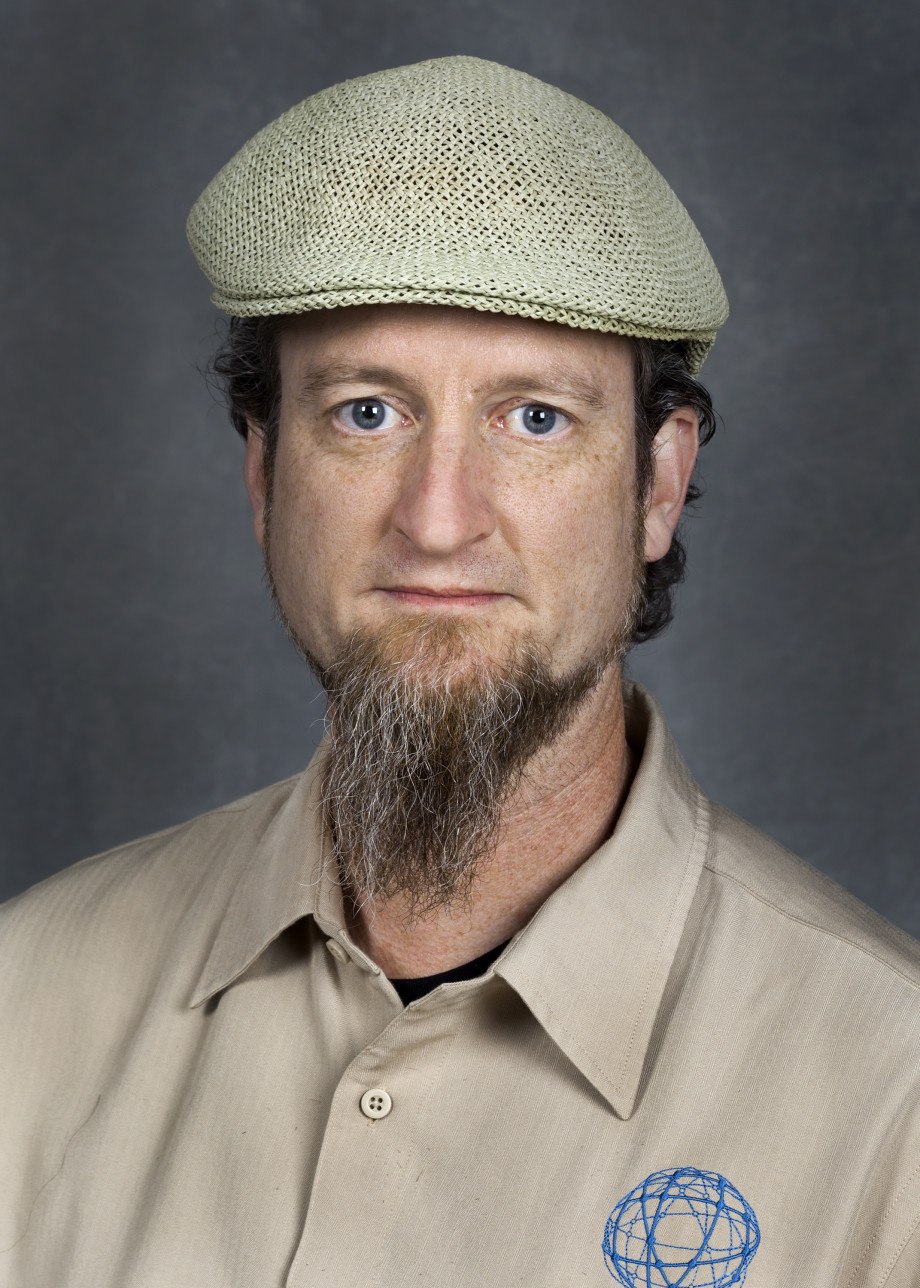ESnet’s Fasterdata Site Growing in Scope, Popularity in Increasingly Data-Driven World
(Editor’s note: This is the second of a series highlighting ESnet’s contributions to the global networking community as ESnet marks its 30th year.)
Even before he joined ESnet, Brian Tierney felt a need for speed – as a member of Berkeley Lab’s Distributed Systems Department he developed tools to help data move faster across networks. In 2007, he broadened his reach and created a website called Fasterdata.es.net, an online repository of tips and tricks for improving network performance. It’s proven a popular destination – in one week in May 2016, 2,595 users—68 percent of whom were new users—visited the site over 3,226 sessions as they collectively racked up 5,236 pageviews.
 Although the site comprises around 120 pages, about 50 percent of the page views where on the pages of that focus on tuning Linux hosts for better network performance on network paths above 1 gigabit per second.
Although the site comprises around 120 pages, about 50 percent of the page views where on the pages of that focus on tuning Linux hosts for better network performance on network paths above 1 gigabit per second.
“It’s really gratifying that this has become such a central resource for the international networking community,” said Tierney, who leads ESnet’s Advanced Network Technologies Group. “We’re continually updating and adding to it as we learning new things, incorporating lessons learned both at ESnet and from others.”
On the site, the information supports faster data transfers in five areas:
- Network Architecture, including the Science DMZ model
- Host Tuning
- Network Tuning
- Data Transfer Tools
- Network Performance Testing
Over the past few years, the Fasterdata team has been working closely with the National Science Foundation, which has endorsed the Science DMZ network architecture model developed by ESnet and which the NSF actively supports through its campus cyberinfrastructure program. More than 130 universities around the country have now installed Science DMZs or similar architectures to securely speed up the transfer of large science datasets.
To help more campuses make the move, about 20 examples of campus infrastructure plans have been cataloged on the Fasterdata site, representing both large and small campuses.
“When a campus or facility is considering a significant change in its network architecture, it makes the job a lot easier when they can draw on the experiences of peer institutions,” Tierney said. “The Fasterdata site can help minimize many of the speedbumps the networking staff could otherwise encounter.”
Another expanding area provides examples of how to interpret information on network performance, such as that generated by the perfSONAR network measurement software library.
The site also contains a lot of arcane details that are hard to memorize, Tierney said, so users can go to a page, copy and then paste the settings into their systems. According to an analysis of traffic to the site, those systems are located around the world. The United States is home to more than half of those visitors, with users in the United Kingdom, China, Germany, Russia, Canada, France, China, Japan and Brazil rounding out the top 10 countries visiting the site.
“I’ve also gotten requests for permission to translate the site into Russian, Chinese, Portuguese and even Armenian,” Tierney said. In the spirit of collaborative nteworking, he’s said yes.
Top 10 Countries Looking at Fasterdata in a sample week (May 16-22, 2016)
- USA
- United Kingdom
- China
- Russia
- Spain
- Germany
- No identification
- France
- Brazil
- Korea




